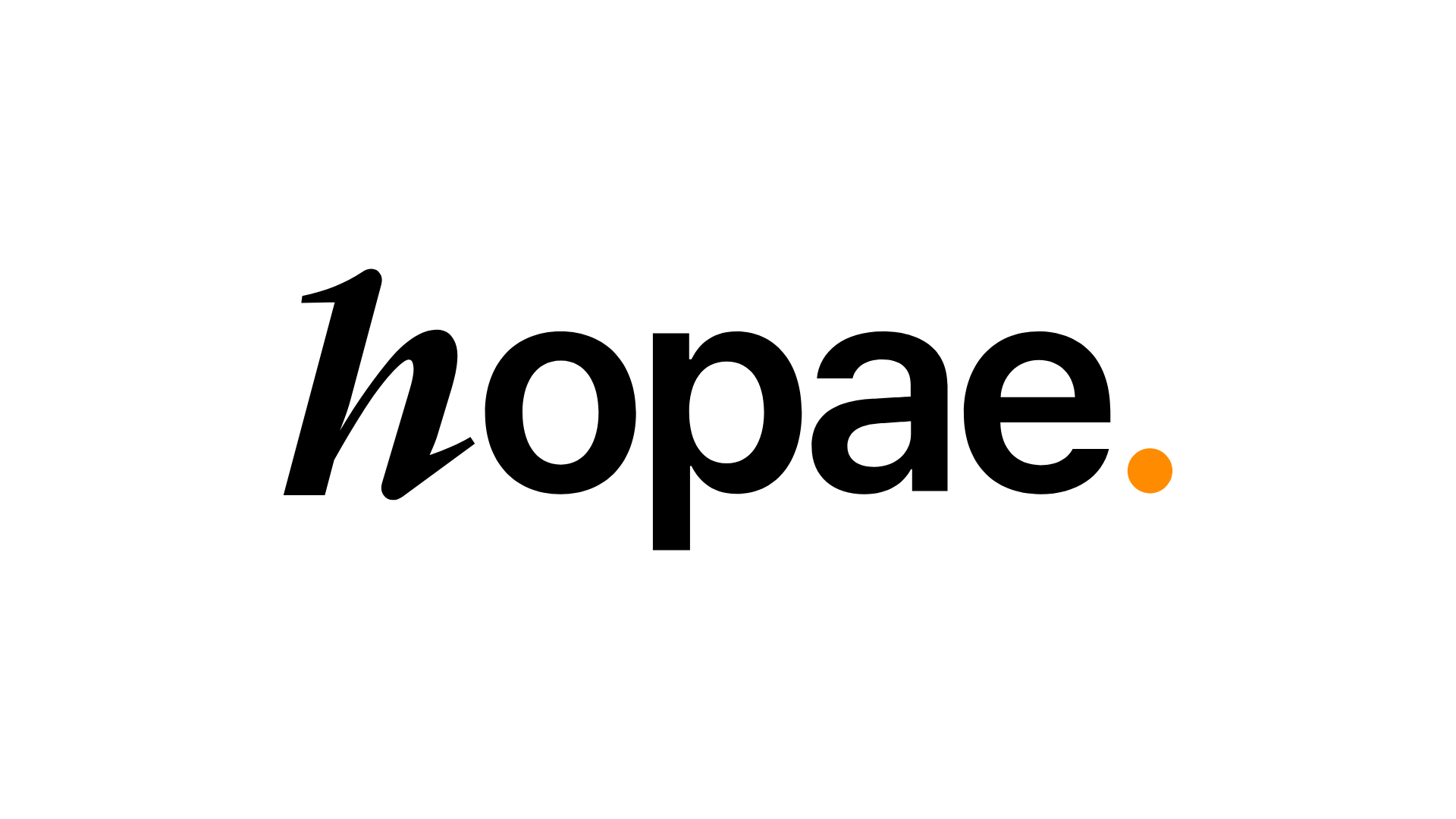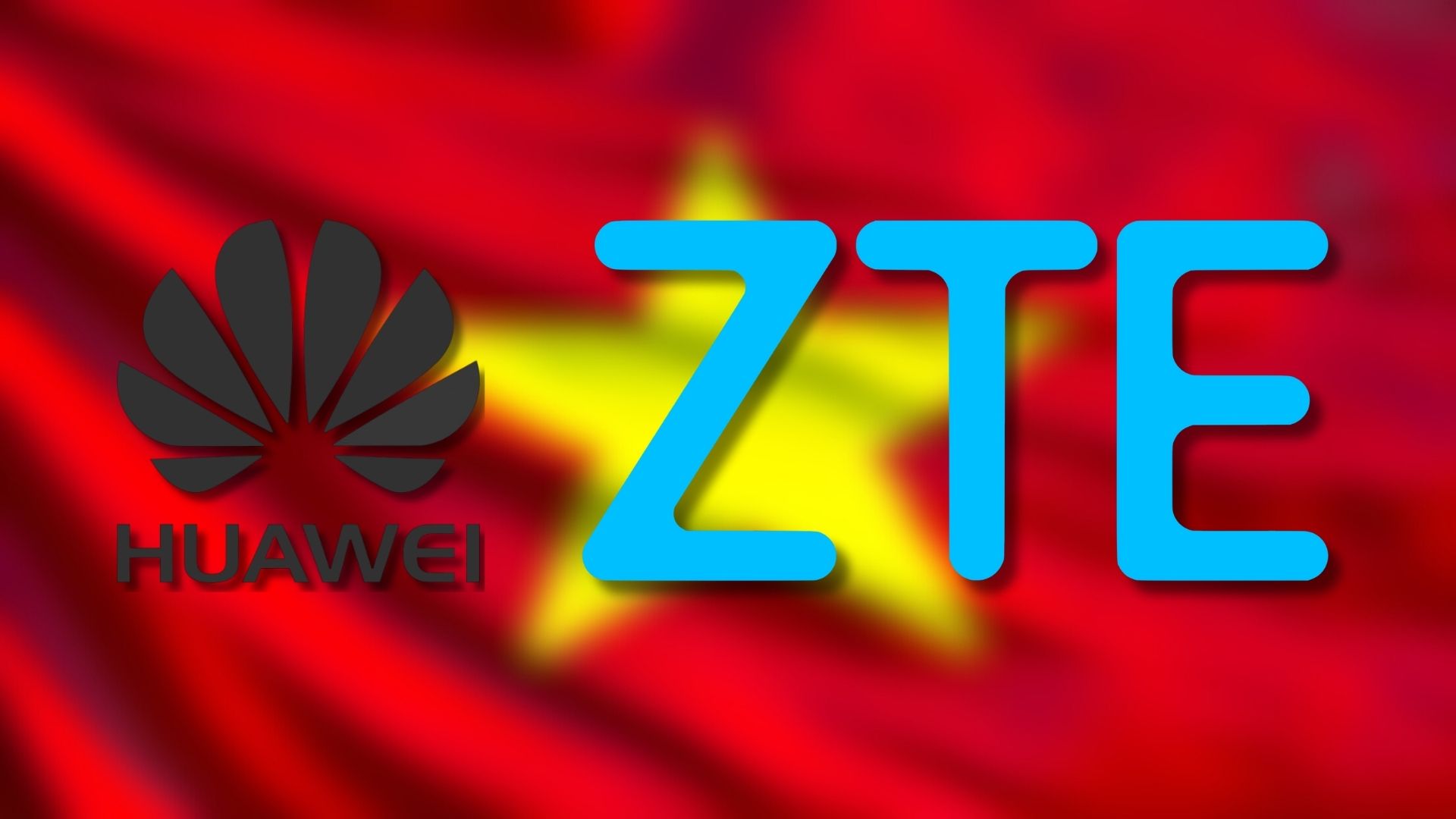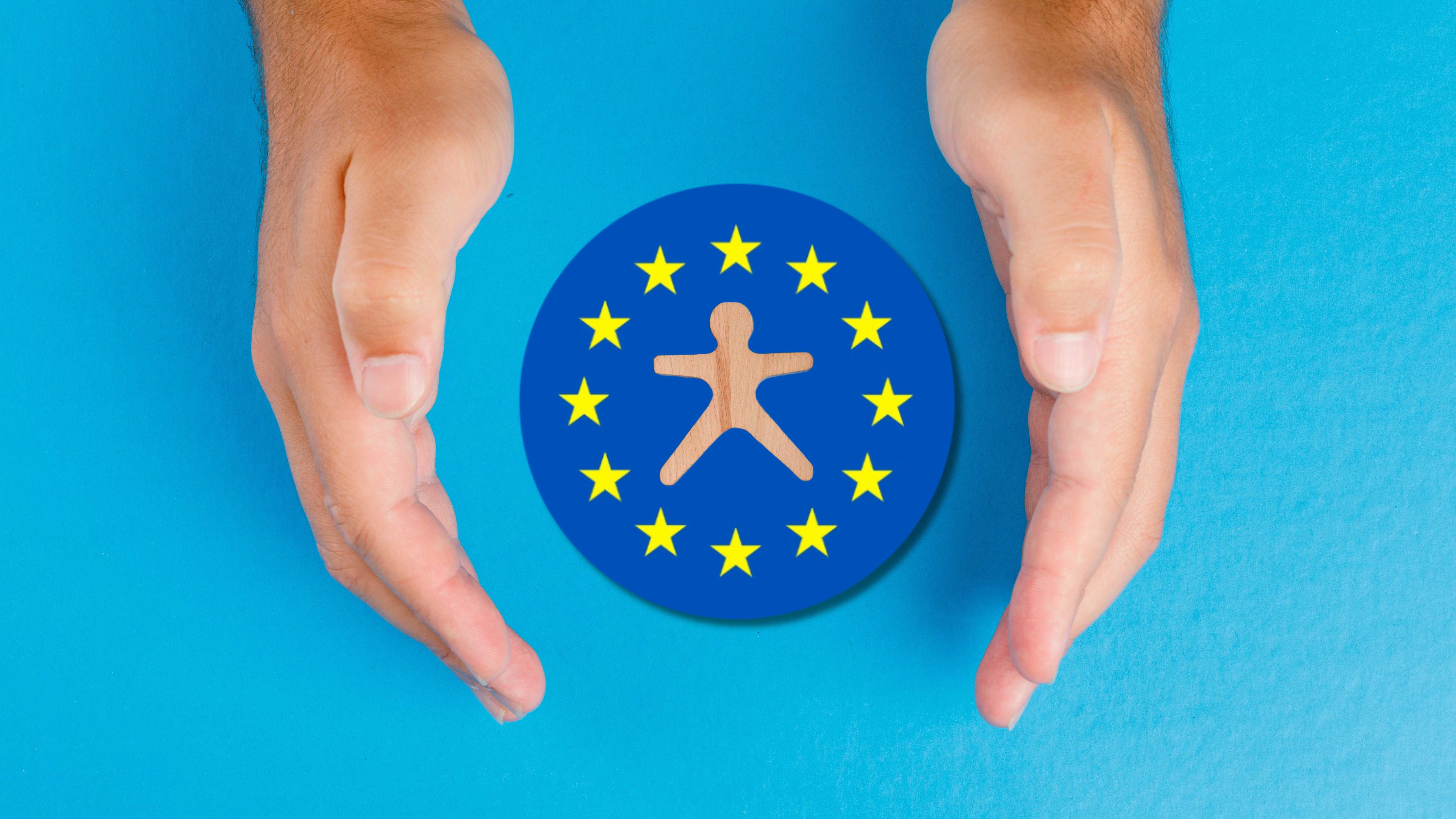Japan is moving ahead with an extra budget to support AI and semiconductor development. Officials say shifting funding into regular budgets will offer stability. Parliament is expected to approve the plan quickly after cabinet backing.
The government seeks stable support for industries crucial to economic security. The new budget adds to earlier investments in domestic chip production. Officials aim to avoid delays that have slowed previous industrial programmes.
Japan’s long-running strategy includes support for Rapidus, TSMC’s work in Kumamoto and Micron’s facility in Hiroshima. The extra funding is meant to complement these commitments. Stable annual financing is considered crucial for long-term planning.
A significant portion of the allocation is handled by the Ministry of Economy, Trade and Industry. The plan includes strengthening Nippon Export and Investment Insurance. The insurer is expected to back overseas projects under wider trade agreements.
Japan is also increasing support for critical mineral supplies. Funding will help secure rare earths and expand national stockpiles. Officials frame the combined measures as a shift toward steadier and more resilient investment.
Would you like to learn more about AI, tech, and digital diplomacy? If so, ask our Diplo chatbot!








